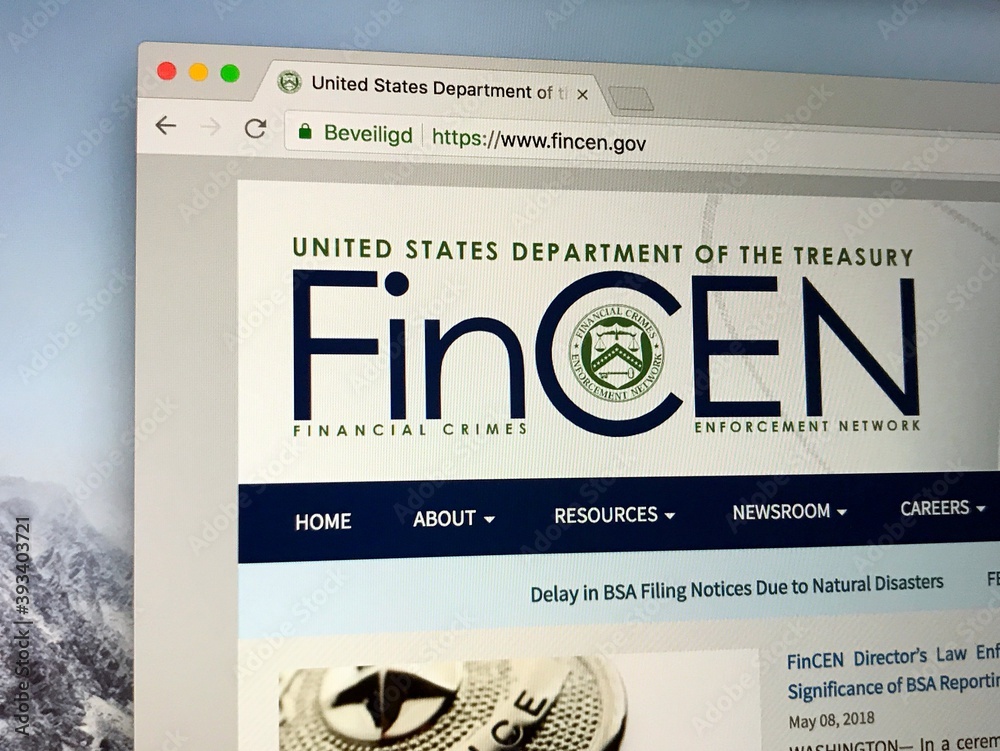This month we’re going to discuss heat illness, including symptoms and first aid treatment. Although it may seem a little early, if we consider Memorial Day the start of Summer, then we should consider the health & safety dangers of Summer, too.
Warning signs for heat exhaustion include faintness or dizziness, excessive sweating, and muscle cramps. Warning signs for heat stroke – which is much more serious and can be fatal — include throbbing headache, NO sweating, and red-hot-dry skin. If a person is exhibiting these symptoms get him or her out of the heat immediately.
Visit OSHA’s website for information on the agency’s Heat Illness Prevention Campaign, and the National Weather Service website for heat safety tips and resources.
First Aid:
- Give victim sips of salt water (one teaspoonful of salt per glass every 15 minutes) over a period of one hour.
- Have victim lie down and raise their feet above the head.
- Loosen the victim’s clothing.
- Apply cool, wet cloths and fan victim or move the individual to an air conditioned room.
- If the victim vomits, do not administer additional fluids. Take the victim as soon as possible to a hospital where intravenous treatment can be started.
- After an attack of heat exhaustion, the victim should rest and be protected from further exposure to abnormally warm temperatures.
- It may be advisable for the victim to seek medical attention before returning to hot, strenuous activities.
OSHA tells us: “Every year, dozens of workers die and thousands more become ill while working in extreme heat or humid conditions. There is a range of heat illnesses and they can affect anyone, regardless of age or physical condition.”
Currently, OSHA does not have a specific standard for hazardous heat conditions but has begun the process to consider a heat-specific workplace rule. However, OSHA does have a heat illness prevention campaign, with a lot of information and resources, available at https://www.osha.gov/heat/ . Note that this does not mean that heat exhaustion dangers are outside the General Duty clause: “Under OSHA law, employers are responsible for providing workplaces free of known safety hazards. This includes protecting workers from extreme heat.”
Be on the lookout for heat exhaustion when working in high heat. Consider pairing your workers up in a kind of buddy system, so that they can keep an eye on each other. Follow the first aid tips listed above if someone falls victim to this condition. Train your employees! With training and awareness, heat exhaustion can be avoided.
I am thoroughly familiar with basic OSHA standards. My compliance work frequently saves Business owners time and money; even more important, it sometimes keeps Employees safe. At TMF Law Offices, WE MEAN BUSINESS—but we also know that sometimes Business isn’t everything.





